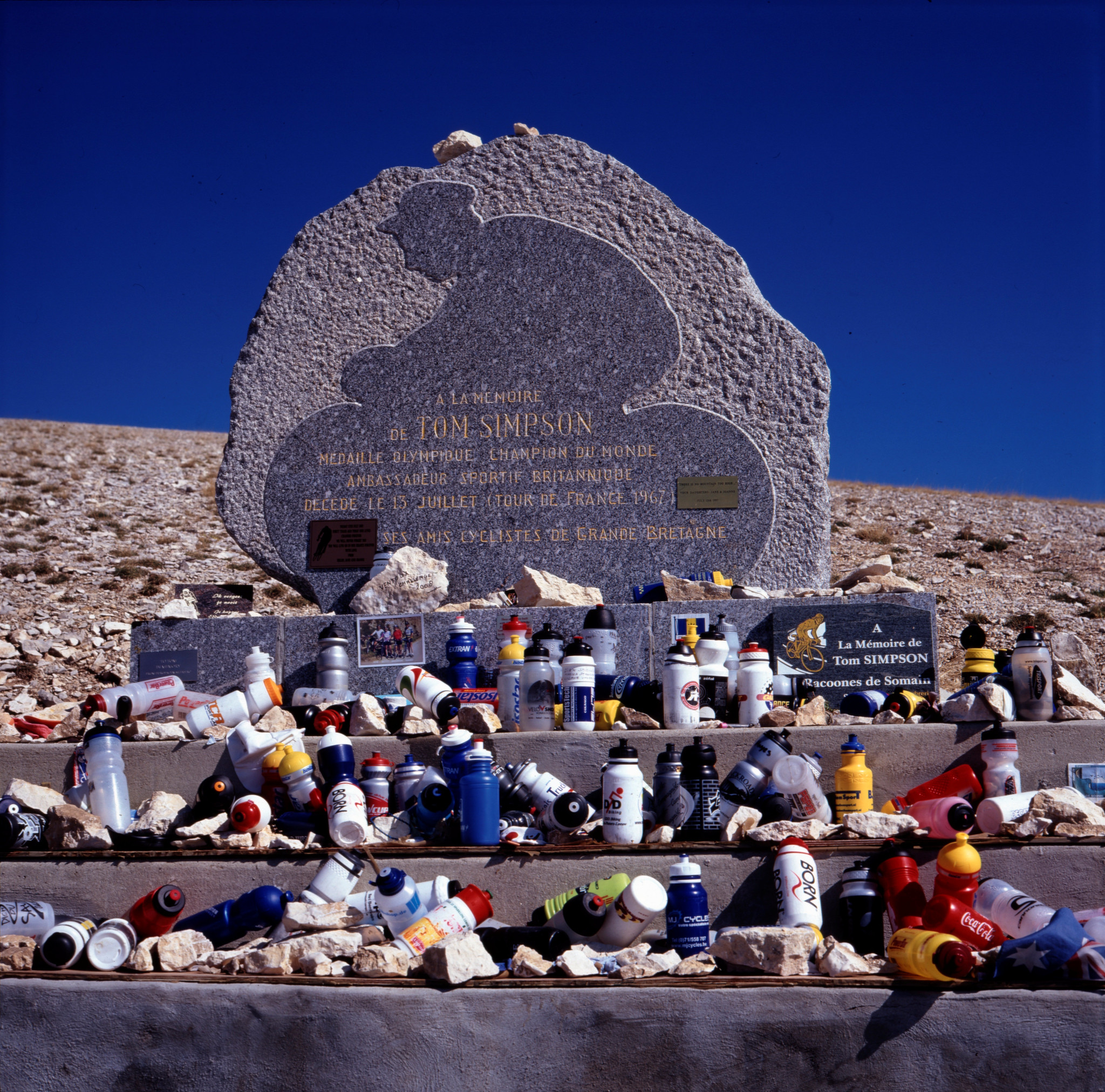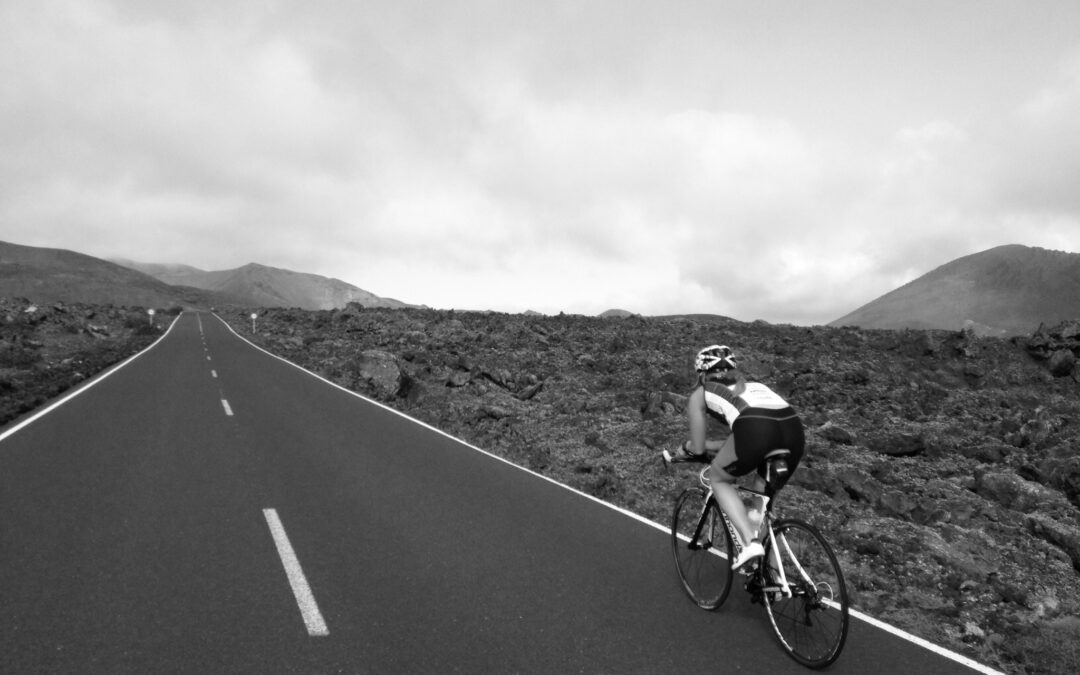As you know, I enjoy endurance sports, especially when they don’t put me in hospital. I’ve already written about the behavioural aspects of this episode, but I think there are broader applications of risk management and even investment to endurance sports.
For any sports event, the main risk it not being prepared: that is, under or overtraining. The best solution here is to make a plan. Having a plan is much, much better than just training as and when without a clear focus. How should this plan look? Well, at a high level it should be like anything else in the world of risk and investment: it should have designed to meet a clear objective subject to limiting a number of risks. The objective could be anything from completing an event to winning a gold medal; the risks, on the other hand will include limiting the chances of injury. There may also be a hard constraint in terms of the hours per week that can be spent training.
Personally, I find it helpful to use numbers as much as possible when I train. This includes tracking pace, target heart rate, target power for cycling. I’m sure that this is a function of my preference for quantification, and I know others have excellent results from just feel. But for me, the more controlled the training is, the more likely it is to fulfil its purpose.
Once you have a plan, it is important to stick to it – mainly. This does highlight another risk: the risk of inflexibility. If you don’t feel well or if you have an “almost-injury”, then rest. Recognise the impact that things like weather can have. If it’s hot, you’ll probably be slower and/or have a higher heart rate at a given pace. Trying to be too rigid risks undermining the effectiveness of any plan you have.
One solution here is outsourcing the training plan to a third party. This is also known as using a coach. It’s far easier to push yourself hard – but not too hard –when you have an expert telling you what to do and when to do it. A coach can help ensure that you train when you should, and at the appropriate level of intensity.
Flexibility is also important to mitigate the risk of damage to friendships and other relationships. Training for some events does require a high degree of single-mindedness. But recognise that friends and family are important too, and that whatever event you are training for will be over at some point – and you will still want your friends and family to be talking to you then.
When you do have a plan, it’s important not to check too frequently on how it’s working. The way that you check progress – for example, time trials over particular distances – will often not be what you want to be doing to improve. In other words, by checking progress too frequently, you’re messing up your training plan. There’s also just too much variation in performance over the short term, due to conditions and even just how you feel, to be able to tell whether the plan is working. This is similar to setting an investment strategy. You shouldn’t check your retirement portfolio on a daily basis either – it takes much longer to assess performance. So leave it at least a month, preferably longer, before assessing a training plan. But if it isn’t working after a reasonable time period, be prepared to change it. Of course, sometimes something happens that necessitates a more urgent reappraisal, such as injury (for sports) or a significant market correction (for investment strategy). Be prepared to revisit the plan in these circumstances – flexibility, again – but circumstances such as these should be exceptional.
Also, recognise that just as being underprepared is a risk, so is overtraining. Keep an eye out for the signs, and be prepared to reduce your training intensity in response.
For the race, too, there is a risk of not performing to the best of your ability. And the solution is the same: make a plan. And again, be prepared to change the plan depending on conditions on the day. This might even mean using scenario analysis beforehand, so you know how your plan will change in response to particular events. This could be related to weather, to how you feel or even to the actions of other athletes – for example, if the pack holds the pace back, will you stay with them because you have a good sprint, or will you push ahead because your strength is consistency?
One piece of advice I would certainly give is that you shouldn’t press on through the kind of pain that means you’re causing serious damage to your body. Clearly, I’m speaking from personal experience, but I’m far from alone and others have gone much further. One of the most famous examples happened in Provence, France. Near the summit of Mont Ventoux is a memorial to the British cyclist Tom Simpson who collapsed and died from dehydration and heat exhaustion during the 1967 Tour de France. He had already fallen off once, and asked to be put back on his bike. Some people do stagger across the finish line to glory on their way to hospital. But let’s face it, most of us aren’t competing for Olympic medals, and the cost of finishing in those circumstances just isn’t worth it.

(Image: Andreina Schoeberlein)
There is also a category of risks that might seem more mundane, but is at least as important: the category of operational risks. In the world of finance, operational risk failures have been behind many major losses for institutions. They are just as important in the world of sports.
They are clearly important in relation to race day, where there are a number of operational risks that can be faced. The first is the risk of not making it to the start line on time! For many events, there are similar risks around registering, collecting race packs, even signing up correctly. Here, diarising key tasks can help, but it is also important to check for road closures, journey times and anything else that might stop you from getting where you need to be, when you need to be there. And always read the briefing packs or attend the briefing talks.
Another operational risk is around what you need on the day. For anything involving a bike, this means things like a puncture repair kit, CO2 cannisters, spare inner tubes and so on – as well as the ability to use them. And for any endurance sport, there is also the issue of nutrition. This means food and drink. Make sure you have enough, or that you know where you’ll get it. And don’t try anything new on race day. The same goes for kit – make sure you know what’s comfortable.
Much of this is also true for training, but there’s another factor here. It is of course important to practice nutrition, so there are no unpleasant surprises on race day. But it’s also important simply to get enough nutrition when training, especially for long or hard sessions. Otherwise, the quality of the session may suffer, as well as recovery from the session. It’s also important to be prepared for mechanical problems with the bike, so that valuable training time doesn’t go to waste.
All of this is written from the perspective of a triathlete because that’s my main sport (and from the perspective of a risk professional because that’s my job). But I believe that the principles here are more widely applicable: setting a plan, taking a long-term view and making sure you get to the start line to implement your strategy are useful tips for any athlete. Or investor.
![]()
